Mythical groups of warrior women in largely patriarchal societies are not unique.
Greek mythology had the Amazonians, and Norse legends had the Valkyrie, both legions of women who excelled in fighting and could defeat any man in combat.
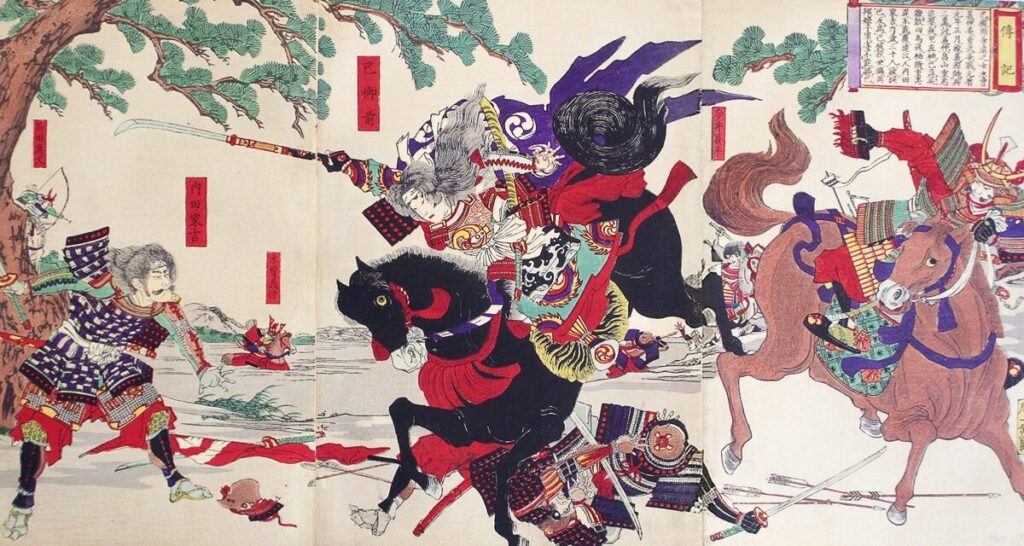

However, stories of warrior women do not only exist in legend. France had Joan of Arc, Vikings had Shield Maidens, and ancient Britain had Boudica.
Feudal Japan, which lasted from the late 12th century to the 1870s, had its class of warrior women who fought alongside the infamous samurai soldiers. The female soldiers were known as the Onna-Bugeisha.
Not only did the Onna-Bugeisha fight side-by-side with men, but they also belonged to the bushi, or Japanese warrior class, alongside the samurai.
Typically, when we picture feudal Japan (1100s-1870s), we think of samurai warriors with a traditional katana sword clashing in violent battles against other noble clans.
Meanwhile, their wives are remembered as demure in feminine kimonos, taking care of home and family. So it might be surprising to learn that Japan did have women who chose to become warriors and fight alongside samurai!
So, who were the Onna-Bugeisha, and how did this group of warriors manage to break away from the traditional role of women in feudal and ancient Japan?
Feudal Japan: A Brief Look At War And Samurai Throughout The Ages
Feudal Japan refers to the period between the late 1200s to the late 1800s, ending with the restoration of the imperial house in 1868, also known as the Meiji Restoration.
It was the age of the samurai, a warrior class of nobility who inherited their titles. Rigorously trained, they were well paid as officers of the feudal landlords and an important ruling class in their own right.
During this time, Japan went through centuries of warring clans and families, changes in political climates, invasions and warfare, and religious turmoil.
Towards the end of this period, Japan was forced to open its ports to the West, ultimately leading to the Meiji Restoration, the end of feudal Japan, and the industrialization of modern Japan.
This also led to the end of the samurai class, which was effectively banned in the 1870s. It was the end of an almost 500-year reign of not only samurai, but also their fellow female warriors, the Onna-Bugeisha.
Women In Feudal Japan
Women in pre-modern Japan are often envisioned as subservient. The humble, quiet Japanese wife serving tea is often the image conjured up when thinking of traditional Japanese family life.
A lot of this is based in reality; traditionally Japanese women in the bushi class had to be obedient to their fathers and husbands. That did not mean, however, that these women were uneducated.
What they may have had to learn depended on the century they lived in and what samurai clan they belonged to, but many families thought it was important for their daughters to learn at least some combat.
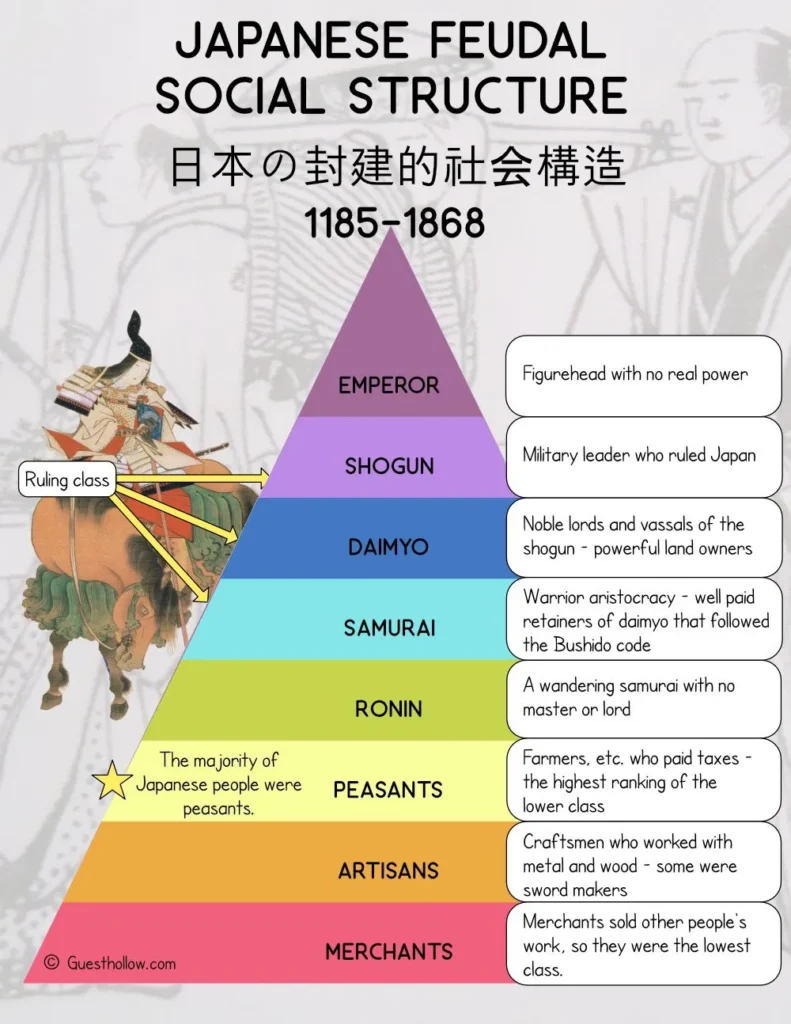
Many women became quite skilled, earning the right to be a part of the Onna-Bugeisha.
They were not serving their family in the usual way that Japanese women served their families, but instead learned how to use weapons to bring honor to their families.
Throughout history, women in Japan earned some of the top ranks of leadership including empress, general, and even the head of familial clans.
These commanding women had the opportunity to train with samurai and fight in battles.
There is evidence that the Onna-Bugeisha served their clans and families as early as the 12th century, but Japanese literature and legend are full of powerful women taking up the sword before that.
Many of these warrior women helped pioneer different schools of training and war, equaling men in an ancient medieval landscape.
Why Did The Onna-Bugiesha Adopt The Warrior Lifestyle?
While each family was different in pre-modern Japan, many daughters who were born into the samurai class had some sort of military education.
More often than not, this training was purely symbolic, meant to teach women spiritually how to be great wives and mothers.
A few women took this training a little more seriously, however, and there are many accounts of women who fought in battle side-by-side with men.
It is unclear whether Tomoe Gozan was a true figure in history, but she is celebrated in Japanese art, literature, and lore as one of the first women to take to battle as Onna-Bugeisha.
Tomoe was the servant of Minamoto no Yortitomo of the Minamoto clan, and she fought alongside other samurai against his cousin in the 1184 Battle of Awuzu.
Her legend might have been romanticized, but she influenced many schools of samurai for centuries.
Onna-Bugeisha Throughout Medieval Japan
Despite the uncertainty historians have around Tomoe Gozan’s existence, there is clear historical evidence of Onna-Begeisha throughout the feudal age of Japan.
Some women even held officer ranks in the military, even as generals. For example, Hangaku Gozum was a female general and would have fought against Tomoe Gozan in the Battle of Awuzu.
All-women units were not unheard of either. Sources confirm all-female cavalry units as early as the 1300s, with more mentions of them as late as the 1600s.
It was more likely that Onna-Bugeisha were taught how to use a sword and other combat training to defend their home and castle. If battle went poorly for the samurai, the wives, daughters, and concubines would have had to step up to defend themselves.
During the unification of Japan in 1591, women had to fight to protect Kunohe Castle. Stories of samurai-class women ending their lives in burning castles were meant to illustrate an honorable death, much like the ritual suicide “seppuku” that samurai men practiced.
Some women, like Li Naotora, were so respected as warriors and leaders, that they became daimyo, or clan leaders, with control over large tracts of land.
Japan was still a very patriarchal society and women were not allowed to inherit and become daimyo; so it shows how much respect men had for the Onna-Bugeisha.
Edo Neo-Confucianism
Feudal Japan spans almost 500 years of history, and as we already mentioned, Japan experienced a great amount of change throughout those centuries.
Edo neo-Confucianism (1600-1868) brought big changes within the samurai class itself. During the Edo period, neo-Confucianism philosophy spread and altered many aspects of the bushi class.
They became less involved in battle and war and grew into more of a bureaucratic class.
While marriage had long been considered a political tool, it was becoming more expected of women to take on the role of a humble and demure wife rather than receive a warrior education.
With the sweep of neo-Confucianism across Japan, the prevalence of Onna-Bugeisha diminished. Depending on the family, some women might have still learned how to use weapons, but rarely did they fight in battles or amongst all-female units.
The Meiji Restoration: The End Of The Warrior Class And Onna-Bugiesha
Despite Edo neo-Confuciansim mostly ending Onna-Bugeisha, some women of the Samurai class still received training and upheld the strict code of honor in tradition with families.
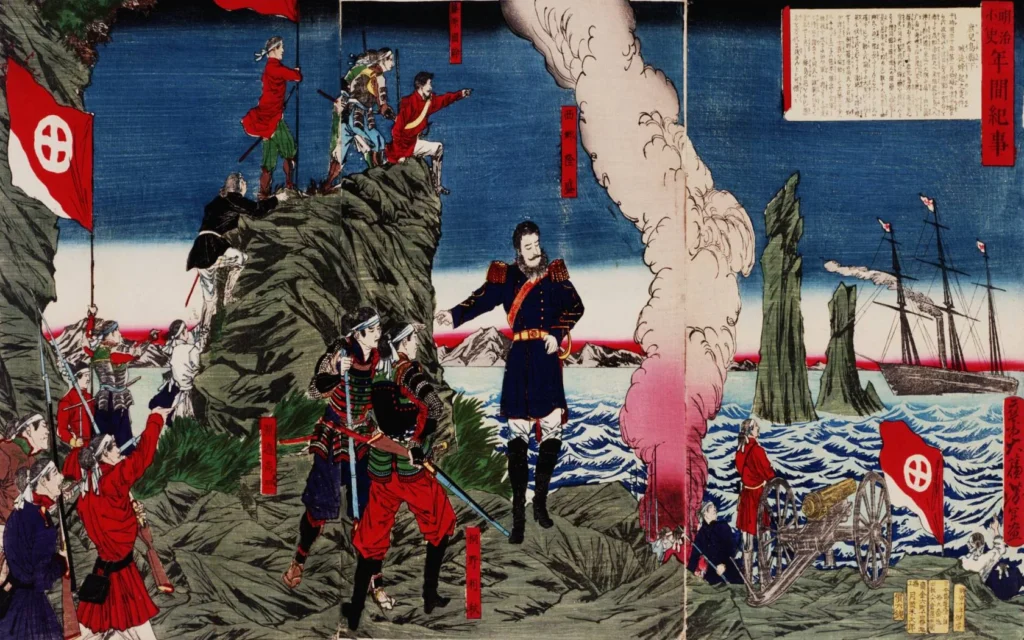
One account tells of Kawahara Asako, who fought in the Battle of Aizu in 1868. She cut her hair short, tying it in a traditional masculine top-knot, before killing her mother-in-law and daughter to save them from a worse fate by her enemies.
The Battle of Aizu was one of the deadliest engagements during the Meiji Restoration, fought between Emperor Meiji’s forces and the Tokugawa Shogunate, a military power that had ruled Japan for over 200 years.
Kawahara was not the only woman who dove headfirst into battle to defend her castle, family, clan, and way of life. Emperor Meiji wanted to end the seclusion policy that Japan had long held against the West.
The traditional samurai clans knew that opening up the ports would rapidly change the way of life in Japan. Kawahara and other women had received a true samurai education that prepared them to enter combat and fight for their traditional way of life.
Ultimately, the imperial forces won, and Japan was ushered into a new era. The country rapidly industrialized and started to resemble a more modern Japan.
Not long after, wearing swords in public was banned in the 1870s unless the carrier was a part of the police force. This effectively ended the samurai class and any hope of Onna-Bugeisha regaining their warrior status.
Legacy Of The Onna-Bugeisha
More often than not, women in feudal Japan chose the role of wife and mother, living their lives with a code of honor that was very different from the potentially violent life of their samurai fathers, husbands, and sons.
However, a few women chose to raise arms and fight side-by-side with their samurai warrior counterparts. These women were called the Onna-Bugeisha and trained and fought with the same strict code of honor to protect their families.
We remember many of them and the impact they left on Japanese history and legend by stepping out of traditional gender roles.
Whether a woman chose a traditional life as a wife or as a warrior, they served their families and clans with honor. They both have inspired art and literature, not only in feudal Japan, but also in modern Japanese culture.
Onna-Bugeisha are not very well known in the West. Nevertheless, they certainly have earned the right to join the ranks of legendary warrior-women from history.
Sources
https://daily.jstor.org/onna-bugeisha-female-samurai-warriors-feudal-japan
https://www.britannica.com/place/Japan/The-fall-of-the-Tokugawa



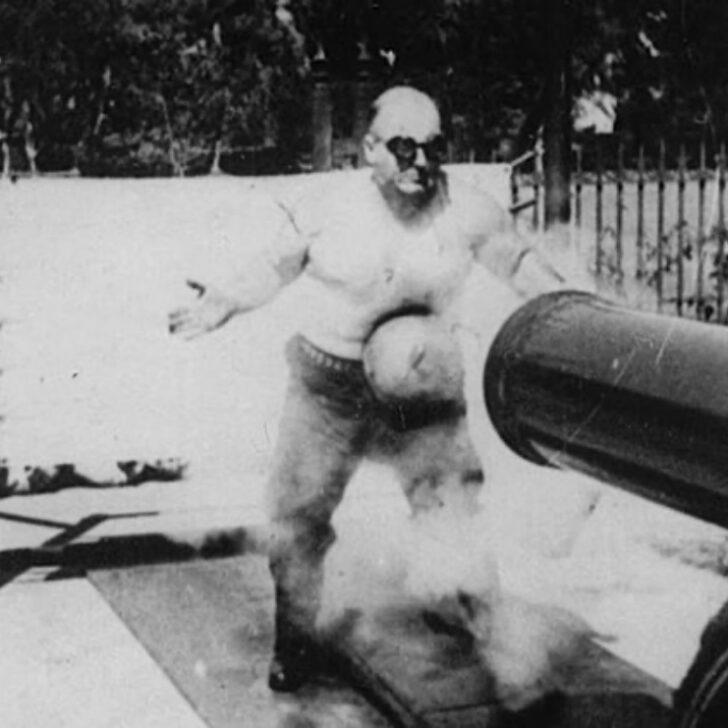







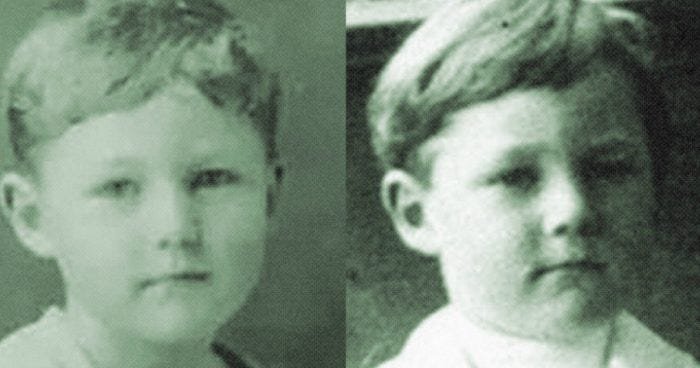

Leave a comment